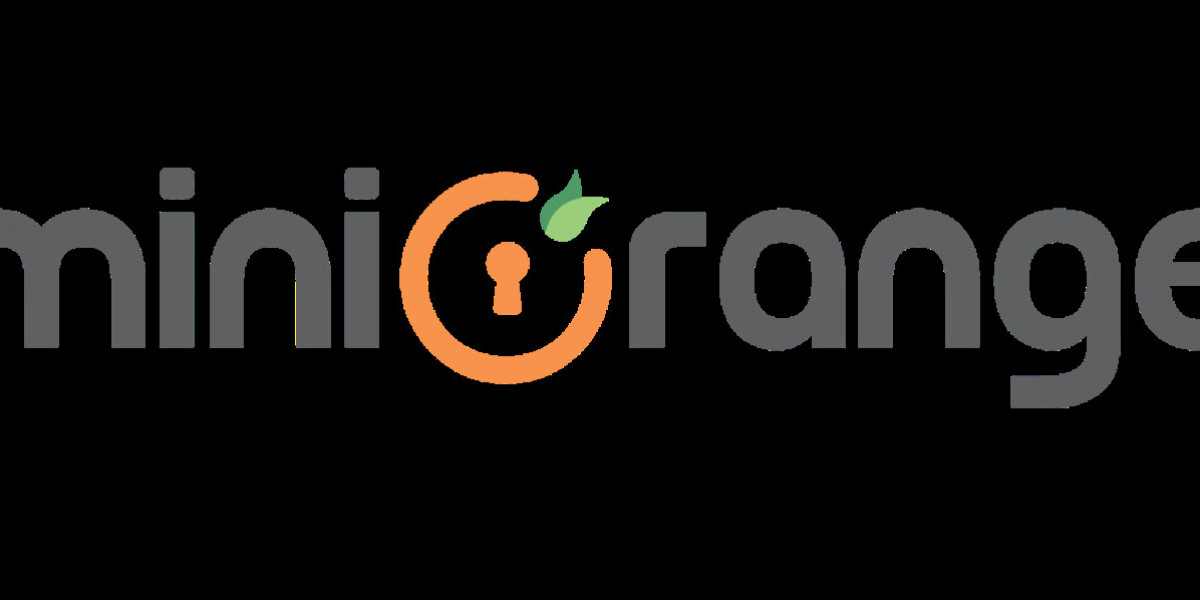Why IAM Is Critical in the Cloud
Traditional perimeter-based security models don’t work in the cloud. Users access resources from various devices and locations, often outside the corporate firewall. IAM becomes the new security perimeter—ensuring that only authorized individuals can access cloud-based assets.
IAM offers the foundation for secure authentication, access control, policy enforcement, and auditability—all essential for a robust cloud security posture.
Managing Cloud Identities
In a cloud environment, organizations often deal with multiple identity sources: cloud-native directories, SaaS platforms, and on-premise systems. Managing these identities centrally becomes a challenge without an effective IAM system.
Solution: A cloud-ready IAM platform can bridge on-premise and cloud directories, providing identity federation and single source of truth for user identities. This ensures consistent access policies across all environments.
Know more about Identity Federation: https://www.miniorange.com/blog/identity-federation-services/
Securing Cloud Access with MFA and SSO
One of the most effective ways to secure access to cloud resources is by implementing Multi-Factor Authentication (MFA). It requires users to provide a second verification factor, which adds a strong layer of protection against account breaches.
Single Sign-On (SSO) enhances user experience and minimizes password fatigue by allowing access to multiple cloud services with one login. This not only reduces helpdesk calls but also enforces centralized control over credentials.
Role-Based and Attribute-Based Access Controls
In the cloud, access controls need to be dynamic and scalable. IAM systems support Role-Based Access Control (RBAC) and Attribute-Based Access Control (ABAC)—ensuring users only access what they’re entitled to, based on their role, department, location, or project involvement.
This principle of least privilege prevents over-provisioning and reduces the attack surface in cloud environments.
Visibility and Threat Detection
One of the challenges of cloud security is the lack of visibility into user actions. IAM platforms with integrated monitoring tools can track login patterns, detect anomalies, and trigger alerts on suspicious behavior—such as login attempts from unusual geographies or at odd hours.
These insights help detect threats in real time and enable automated response mechanisms, such as session termination or step-up authentication.
IAM for Multi-Cloud and Hybrid Environments
Many organizations today operate in multi-cloud or hybrid setups, using services from AWS, Azure, Google Cloud, and on-premise infrastructure simultaneously. IAM provides a unified layer of identity control across all environments, ensuring consistent access policies and governance.
The compliance of IAM: https://www.miniorange.com/compliances/
Final Thoughts
As organizations embrace cloud technology, IAM becomes an indispensable tool for managing identities and securing access. From protecting user credentials to enforcing dynamic access policies and monitoring activity, IAM is at the heart of any cloud security strategy. By investing in the right IAM solutions, businesses can confidently scale in the cloud while maintaining control and compliance.








